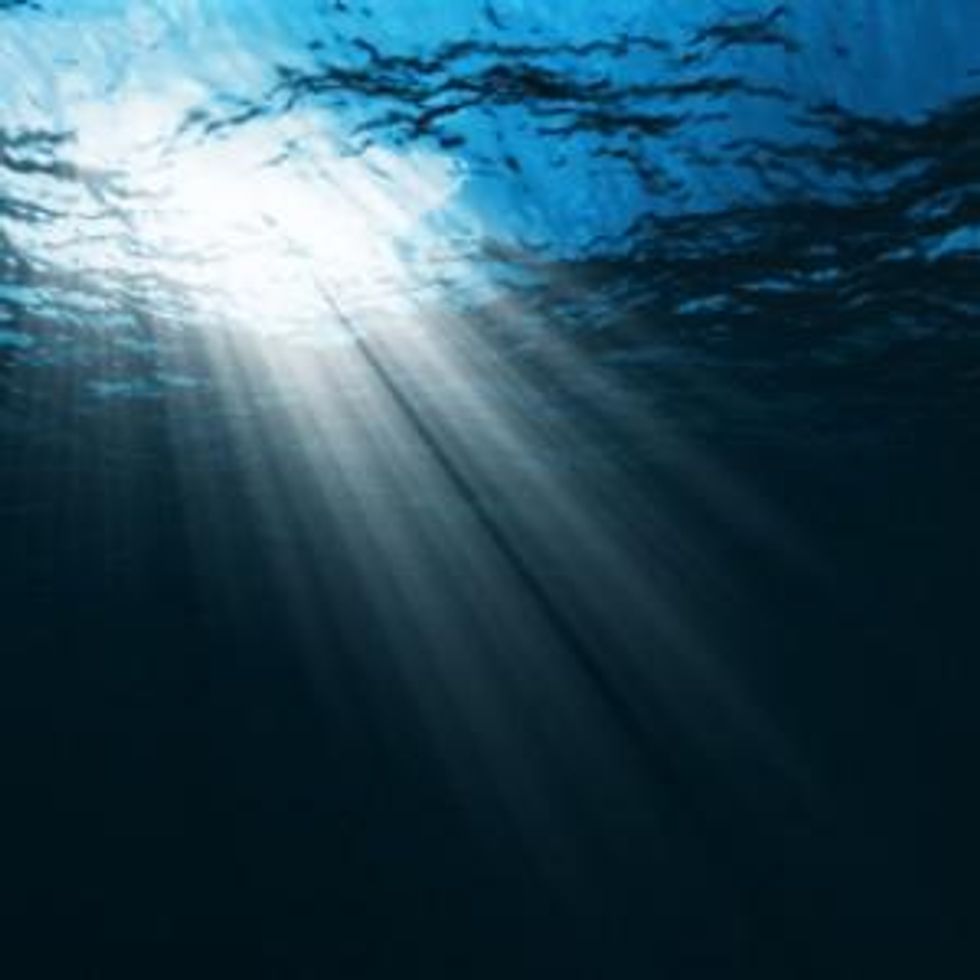Underwater Rare Earth Discovery: Game Changer or Pipe Dream?
Japanese researchers have announced a large-scale offshore rare earth discovery, leading investors to question whether an extraction project is feasible or nothing more than a pipe dream.
Months after the announcement that a US startup plans to mine asteroids in space, Japanese explorers confirmed that they have found large rare earth element (REE) deposits in yet another exotic and challenging location.
A team of researchers from Tokyo University claims to have discovered a 6.8-million-tonne REE deposit in an area near Minamitorishima Island in Japan’s exclusive economic zone. News of the discovery travelled fast as team leader Professor Yasuhiro Kato told media sources he estimates that the deposit, located 5,600 meters beneath the seabed, could host enough dysprosium — used in lasers and commercial lighting — to satisfy Japanese domestic demand for the next 400 years.
“We estimate that an area of just one square kilometer … surrounding one of the sampling sites, could provide one-fifth of the current annual world consumption of these elements,” Kato was quoted as saying by The Wall Street Journal.
Challenges remain
While some maintain a bullish attitude and are already labelling the find a game changer, the fact remains that the difficulty of extracting minerals from the sea floor presents a major economic and logistical challenge.
“‘Desperado,’ that’s the first word that comes to mind,” Jacob Securities analyst Luisa Moreno commented to Reuters. “It makes for some nice headlines, but I don’t think it would really be feasible to do this.”
With Japanese scientists claiming that the extraction method would consist of simply pumping up material from the ocean floor and using acid to extract REEs from the mud, others are not so easily convinced. Critics argue that REEs are complicated to process on a commercial level and that development of the deposits would not make economic sense.
“The technology you would need, with the pressure and the corrosive factors that are there … I think this one falls into the camp of something that is less likely to ever be developed,” said Dahlman Rose analyst Anthony Young.
While land-based mines may contain lower concentrations of REEs (the research team claims samples show an average concentration ranging from 1,000 parts per million (ppm) to as high as 1,700 ppm), they remain more economically viable from an investment aspect on the basis of easy accessibility.
“Accessing the treasure trove of key elements on the ocean floor will be very expensive and potentially harmful to sea-floor ecology,” added science publication Nature in a related article.
Not all bad news
Although the majority of the market views an underwater project of this scale as nothing more that a pipe dream, there are those who believe the discovery could lead to a notable increase in REE supply.
Nautilus Minerals (TSX:NUS) stated that deep-sea mining, even as deep as the REE deposit, should not be significantly more difficult than work currently being undertaken by offshore petroleum companies and undersea cable operators.
“The technology we’re developing is an adaptation of existing technologies. We’re not remaking the wheel here,” said Joe Dowling, a company spokesman, in a recent Dow Jones article. Nautilus is trying to develop its Solwara 1 undersea mining project in the waters off Papua New Guinea, in what would be the world’s first underwater mine.
Dowling added that while mining at the depths outlined would present “different challenges,” the improved grade of these deposits and the resulting increase in value could largely offset such challenges.
Effect on the market
For a venture of this nature to be feasible, prices for REEs will need to rally and experience a prolonged period of high prices. While REE executives are optimistic that this will be the case in the longer term, many investors are likely to remain skeptical about the possibility of a deep-sea REE mining operation until prices are at these high levels.
On the other end of the spectrum, some analysts have expressed concern that the large scale of the discovery could quash concerns relating to receding global supplies and lead to lower REE prices in the long term. There are fears that the market could potentially react negatively to news of a sudden increase in supply and trend downwards; however, this scenario is highly unlikely — in the short term at least.
“The cost of undersea mining … is going to be high,” Byron Capital Markets analyst Jon Hykawy told Reuters. “The value of the mined products must therefore be high. Rare earths have become pricier, but they are by no means pushing the levels of the prices of really rare materials such as gold.”
A long way to go yet
For this discovery to have any fundamental effect on the market, the deposit will need to near a phase of commercialization — something industry analysts feel could still be decades away.
“We knew before there were likely such resources on the sea floor, and we still face the challenges of how the mining rights would be divvied up and how the technological issues would be resolved,” an unnamed unofficial from a Japanese rare-metal trading house was recently quoted as saying.
The deposit is deemed somewhat exotic considering its location, and the vast majority of REE-focused investors will be hesitant to back the project until further in-depth analysis and a proper deposit evaluation are undertaken.
The fact remains that before this project gains investor attention a lot more groundwork will need to be undertaken. A Canadian REE executive perhaps best summed up market sentiment when he said, ”I’ll wait for the giant squid and the prehistoric monsters that will come out of the bottom of the sea before we see any rare earths.”
Securities Disclosure: I, Adam Currie, hold no direct investment interest in any company mentioned in this article.
